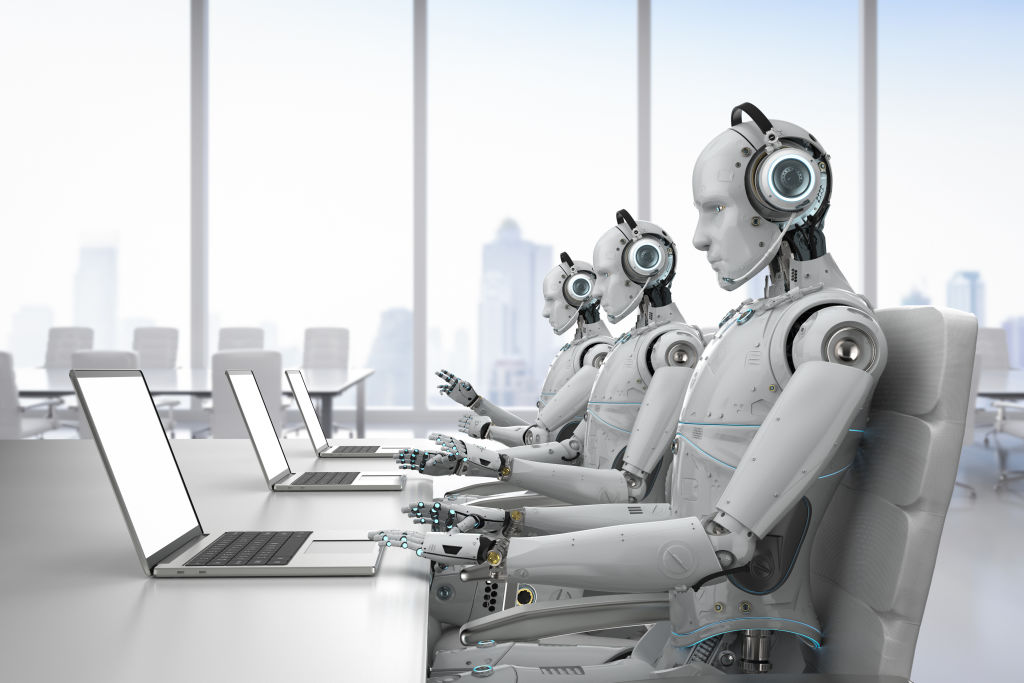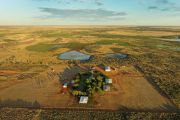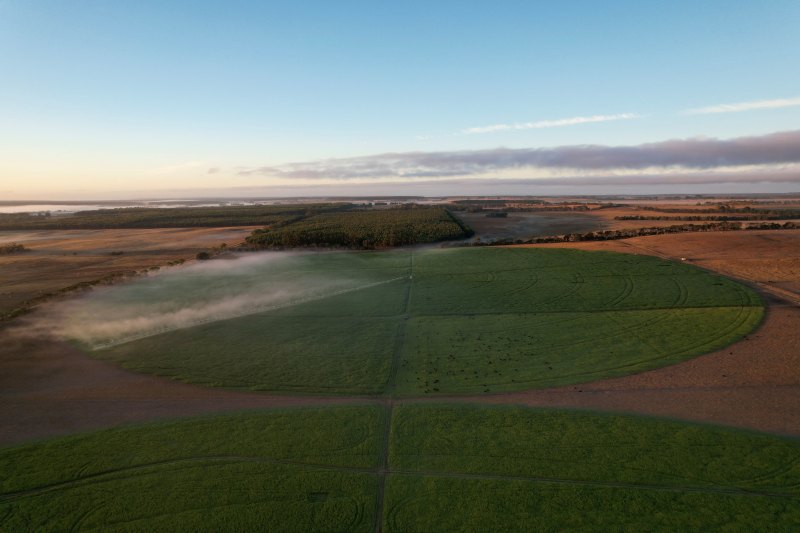
Commercial developers are preparing for the rise of the robot worker
Robots taking over from humans – and then usually turning on them – has long been a popular theme in fiction and movie-making, including Terminator, 2001: A Space Odyssey, The Transformers and The Matrix.
So it’s startling to learn that the future is now. Robots are already cleaning some of Australia’s Woolworths stores, Google is patenting a robot with personality and the first fully automated shipping port has now opened in China, with everything controlled by artificial intelligence.
It means massive changes for the workplace, and already commercial real estate developers are getting ready for the rise of the machines.
“It’s fascinating to think what the future of work is going to look like,” said Paul Edwards, general manager of workplace experiences at developer Mirvac, which has just co-authored a discussion paper with The WORKTECH Academy.
“There’ll be less task-oriented work as that will be automated, and humans will focus much more on human skills and problem-solving and critical thinking and collaboration.
“COVID-19 has accelerated this trend of digital working and machines will complement this shift. This whole new world of technology is now starting to impact the office and industrial spaces, and will impact the design of workplaces into the future.”
The white paper, Augmented Work: how new technologies are reshaping the global workplace, argues that the advent of so many robots is nothing to be feared; they will work with humans to improve efficiency, eliminate tedious repetitive tasks for us, and do them far more quickly than people ever could.
They enable companies like Visa, for instance, to process 24,000 transactions a second, far in excess of what any human could do in a month. Automation can also produce vast quantities of data – with more being produced in the past two years than in the whole of the rest of history – that can be used to predict changes that need to be made in our lives.
Report editor Jeremy Myerson, director of WORKTECH and research professor at the Royal College of Art in London, said the change that’s on its way should be welcomed.
“Robots will serve to create more imaginative and higher quality human jobs because they’ll take out some of the drudgery with automation and machine intelligence,” he said. “Everyone has gone on for years about robots taking human jobs, but a lot of those jobs are much better done by robots.
“In theory, that will release time for humans to do the things that humans are good at, like using human intelligence, intuition and judgment, the things you can’t program a machine to do and humans can do a hell of a lot better.”
The implications for the workplace will be far-reaching.
With more machines in the workplace, the way offices are designed will change dramatically to accommodate robots and the tasks they have been designed to do. There’ll also be more focus on the space for human-centred skills such as creativity, collaboration, empathy, integrity and adaptive thinking.
The discussion paper predicts that future buildings will be built with designated machine spaces such as robotic service tunnels and dark offices, where machines carry out physical work that does not need human-visible light.
These can run without the need for services like airconditioning and lighting, which means logistical sorting centres, for example – which can run for 24 hours straight – are perfect for office basements while humans work in more pleasant surroundings up above.
And for those humans, there will be facilities like digital ceilings, a single integrated network or digital backbone running along ceilings.
Elsewhere, there are already examples of automation completely transforming business. The Qingdao Ghost Port in China is fully computerised, with electric trucks driving containers between cranes, while loading machines laser scan to assess containers, leading to a 30 per cent increase in efficiency.
Deutsche Bahn, the largest railway operator in Europe, also uses smart sensors and predictive maintenance technology to forecast when trains will need repairs, reducing costs by 25 per cent.
Mirvac is trialling technologies to collect data on how staff are interacting, to review workplace design and increase productivity, efficiency and collaboration among staff.
“Industrial business will also have a lot more focus on creating smart sheds and smart industrial spaces that are capable of managing mass orders,” said Mr Edwards.
“We have images of Amazon robots sorting and delivering incredible numbers of packages and products, and being able to carry 340 kilograms of product on their heads.
“Humans will always need to check and manage and pick the next level of that operation and ensure the system is delivering the right products to the right people, and co-existence is part of that process. We need to have the right infrastructure in place to enable humans and robots to co-exist in the same location without incident and deliver the best outcomes.”
So far, the experts have identified five different models of human-robot augmented work: assigned, where humans input instructions to machines; supervised, where human operators retain a degree of monitoring like plane’s automatic pilots; co-existent, where machines work alongside humans in parallel work steams, like, for instance, wearable technologies; assistive, where robots help us complete tasks faster and more accurately; and symbiotic, the most advanced form of human- machine collaboration, where humans can input high-level objectives for the machines to deliver.
“It’s a very, very fast-moving subject,” said Mr Myerson. “People still worry that robots will take their jobs, but other jobs will be created. The Industrial Revolution put men out of work, but did create one job for every one lost.
“For instance, there’ll be automated buses that don’t need drivers, but then those drivers will be freed up to become tour guides on those buses and talk to passengers, help people on and off, and serve coffee. So our workplaces and the work we do will change, but enable us to be much more community-focused instead.”










